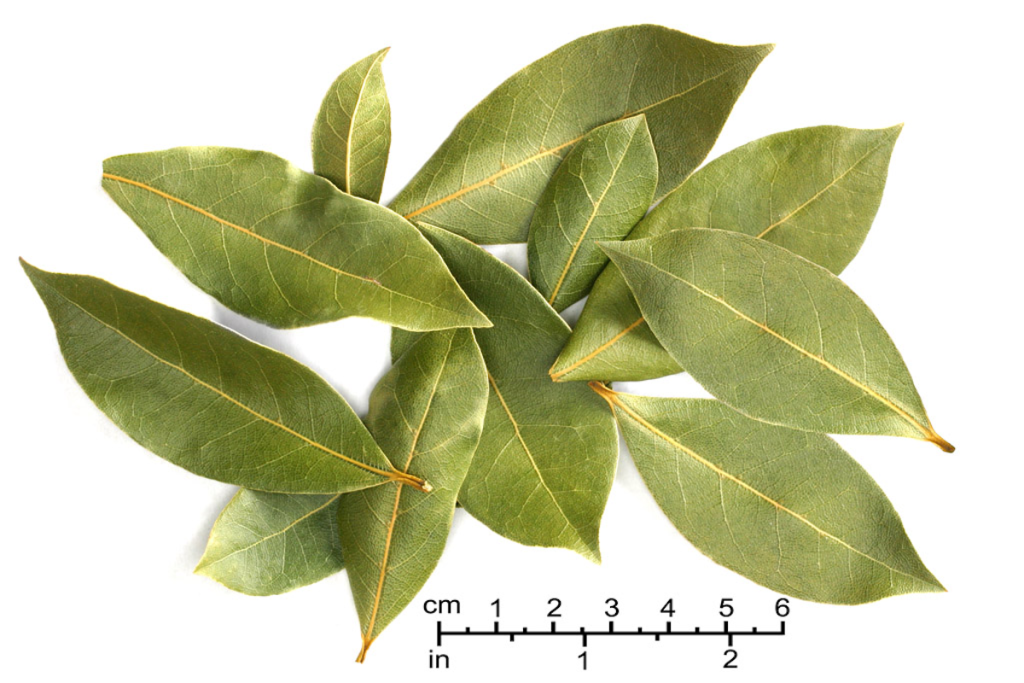Larry Hodgson has published thousands of articles and 65 books over the course of his career, in both French and English. His son, Mathieu, has made it his mission to make his father’s writings available to the public. This text was originally published in the newspaper Le soleil on February 21, 1998.
Over the past decade or so, many authors have tried to encourage you to grow herbs in your home. An exciting idea, I think.
Imagine picking fresh herbs for your dishes all year round without even going outside! But putting it into practice is not so simple.
Indeed, if you can grow herbs in the house, you often need a green thumb to do so, as they are for the vast majority of outdoor plants that find our homes much too dark and dry. There is, however, one exception: a herb that is so easy to grow that anyone, even a beginner, can do it successfully: it is the Bay laurel (Laurus nobilis).
Different
The Bay laurel is not a herb like the others.
Almost all herbs are herbaceous plants—annuals, biennials or perennials—or more rarely, like sage and rosemary, low shrubs. The Bay laurel is a true tree, growing up to 65 ft (20 m) high in its native countries around the Mediterranean.
Fortunately, its growth can easily be controlled by occasional pruning and it can be maintained as a small shrub throughout its life.
In addition to being a useful plant, the Bay laurel is also very decorative. Its very dark green, pointed and wavy leaves are shiny and cover well its stem. It can even be cut into topiary: in geometric or animal shapes. And what Italian villa does not decorate its entrance with a pot containing a laurel cut in the form of a column to properly receive guests? Occasionally, more mature laurels may bloom, producing small yellowish flowers followed by nomes or purple berries, but flowers and fruits are more or less hidden by the foliage and therefore do not add much to its appearance.
Slowly but Surely
The laurel acts as a turtle in the world of herbs, which is mostly inhabited by hares. While other herbs grow quickly (and wither very quickly under the wrong conditions), the bay laurel grows at the speed of a tortoise. That’s what makes it so easy to grow. A fast-growing plant needs everything (fertilizer, water, light, etc.) in abundance. A plant that is barely growing needs much less care.
As much as possible, give it a strong light: because although it will support a lower light, its already slow growth will be even slower! It can be grown indoors year-round or placed outside in the summer. Water it when its soil is almost dry, which can take up to two weeks, as it does not require much water. However, you don’t want to stress it by letting its soil become as dry as the Sahara. Stick a finger in the soil to a depth of 2 cm twice a week, watering it thoroughly when the soil feels dry to the touch.
The laurel is very tolerant of normal indoor temperatures and is also not bothered by a location near a cool window during winter. Because of its very slow growth, it isn’t greedy for fertilizer, but monthly fertilization during the growing season will produce more aromatic leaves. Unlike many houseplants, it does not mind the dry air in our homes and is not particularly vulnerable to insects.
Purchase
It is best to buy a laurel of the desired size right away, because not only is it slow growing, but propagation isn’t easy. The success rate of cuttings, even if treated with a rooting hormone, is low… and a freshly cut plant is still one or two years away from the first harvest.It is best to buy a laurel of the desired size right away, because not only is it slow growing, but propagation is not easy. The success rate of cuttings, even if treated with a rooting hormone, is low… and a freshly cut plant is still one or two years away from the first harvest.
Harvest
Harvesting, therefore, takes place as you need it. Even if it is easy to dry bay leaves… Why do it? The beauty of this plant is that it produces leaves all year round so that you always have fresh leaves under your fingers.Harvesting, therefore, takes place as you need it. Even if it is easy to dry bay leaves… Why do it? The beauty of this plant is that it produces leaves all year round so that you always have fresh leaves under your fingers.

